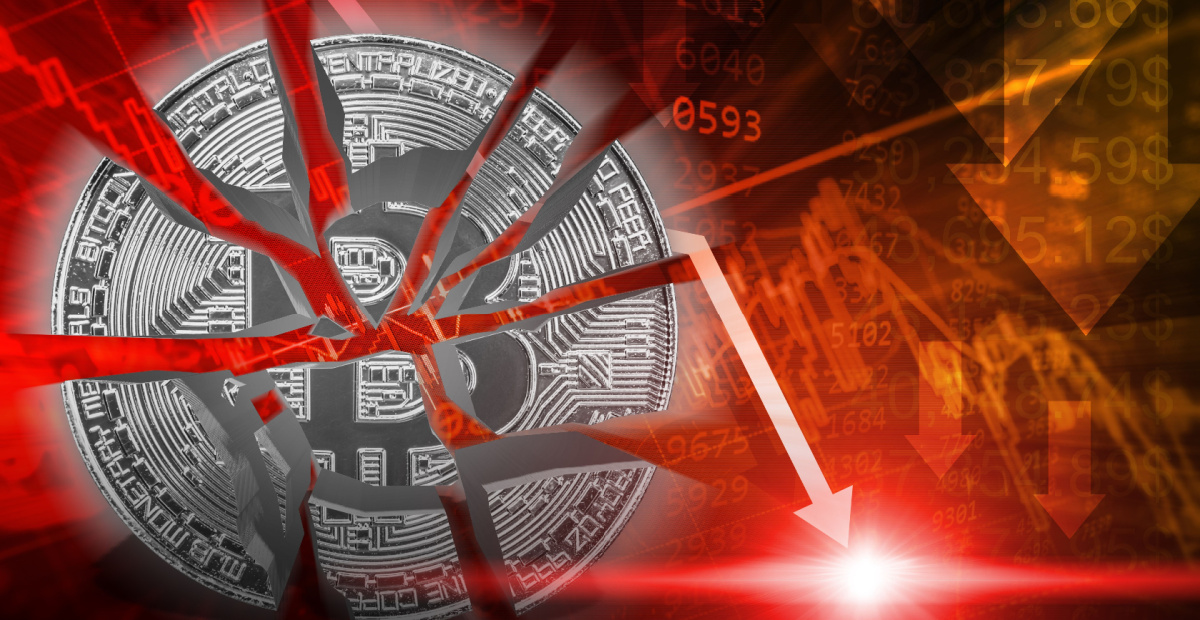
**Stablecoins** are among the few innovations that have effectively bridged the divide between traditional finance and digital assets as the crypto world matures. Stablecoins, which are pegged to fiat currencies such as the US dollar, provide the quickness and adaptability of crypto without the volatility that afflicts assets such as Bitcoin and Ethereum.
However, are stablecoins truly the “safe havens” they purport to be, or are they potential “traps” that conceal systemic risks beneath a layer of stability?
In this post, we unravel the dual nature of stablecoins, investigating their functionality, their applications, and the reasons why their perceived safety may not always correspond with reality.
📌 What are stablecoins?
Stablecoins are digital tokens that are intended to preserve a **stable value**, typically pegged 1:1 to a significant fiat currency such as the US dollar, the euro, or even commodities like gold. There are three principal types:
1. **Stablecoins Backed by Fiat** (e.g., USDT, USDC): Backed by cash reserves or short-term U.S. Treasuries held in institutions.
2. **Crypto-Collateralized Stablecoins** (e.g., DAI): Frequently managed through decentralized smart contracts and backed by other cryptocurrencies.
3. **Algorithmic Stablecoins** (e.g., UST, which is now defunct):
Utilize intricate algorithms and supply-demand mechanics, frequently without tangible collateral.
The Argument in Favor of Stablecoins as Safe Havens
Stablecoins are frequently referred to as the “cash of crypto”—a secure location to store funds during market downturns or to execute rapid transactions without exiting the blockchain.
**The rationale behind their safety:**
* **Price Stability:** Preserves purchasing power in a volatile market. * **Liquidity:** Facilitates the purchase or sale of crypto assets with ease. * **Speed & Accessibility:** Facilitates global transactions without intermediaries on a 24/7 basis. * **Programmability:** Is employed in DeFi for automated trading strategies, yield farming, and lending. * **Financial Inclusion:** Offers a consistent store of value in regions with weak banking systems or high inflation.
Stablecoins can provide **relief from volatility, inflation, and cross-border frictions** to merchants, investors, and businesses in emerging markets.
The Trap: The Hidden Risks Behind the Stability
Stablecoins are not without risk, despite their potential benefits. Some of these risks are systemic, while others are concealed from the average user.
1. **Inadequate Transparency**
Not all stablecoins are of the same level of reliability. For instance, Tether (USDT) has been subjected to criticism for failing to consistently furnish transparent audits of its reserves.
> “If you are unable to verify the source of your money, it is merely a promise and not truly stable.”
2. **Regulatory Uncertainty**
Governments are conducting an increasing number of investigations into stablecoins, particularly those that bear similarities to unregulated money market funds. Their availability could be disrupted or their operations could be significantly altered as a result of a regulatory enforcement.
3. **Risk from Counterparties**
The stability of fiat-backed stablecoins is contingent upon the banks or custodians that retain the reserves. Users may be left with tokens that are unredeemable if those institutions fail or sequester funds.
4. **Depegging Events**
It is possible for stablecoins that are considered “stable” to lose their basis. TerraUSD (UST) is the most notorious example, as it experienced a significant collapse in 2022, resulting in the loss of tens of billions of dollars in value almost immediately.
5. **False Sense of Security**
Users may presume that their stablecoin holdings are risk-free, even when the underlying smart contracts or liquidity pools are vulnerable, in fast-moving DeFi protocols or during market crashes.
Use Cases: Stability Confronts Speculation
Ironically, stablecoins are also utilized for **speculation**:
* **Leverage:** Used as collateral in margin trading and DeFi strategies. * **Arbitrage:** Traders exploit price differences across exchanges or regions. * **Yield Farming:** Users earn high (and sometimes unsustainable) returns by pledging stablecoins in DeFi protocols.
In summary, stablecoins, which are promoted as secure havens, also **enable some of the most risky behavior** in the crypto ecosystem.
Enhancing the Security of Stablecoins
Stablecoins require the following in order to uphold their commitment:
**Stress testing** under extreme market conditions to ensure resilience. **Full transparency and audits** of reserves. **Stronger regulation** that ensures consumer protections without stifling innovation. **Decentralized alternatives** with over-collateralization and algorithmic safeguards.
Users are also required to contribute by **investigating stablecoins, reviewing terms of service, and comprehending the foundation of their digital currencies**.
Final Thoughts: Safe When Comprehended, Dangerous When Assumed
Stablecoins are situated at the intersection of safety and speculation. They can serve as lifelines for users in volatile economies, instruments for innovation in DeFi, and bridges between crypto and fiat. However, they can become traps when they are uncritically trusted or misused, thereby amplifying risk rather than reducing it.
The future of stablecoins will be contingent upon **transparency, regulation, and responsible use** as the crypto ecosystem matures.
**Do you have confidence in stablecoins as a component of your portfolio or business? Have you ever encountered a rug draw or depeg? Please share your thoughts and experiences in the comments section. **
Leave a Reply